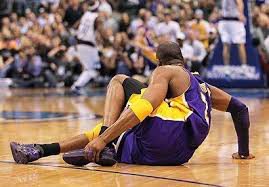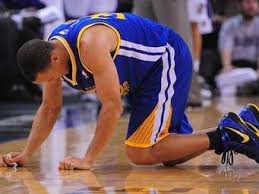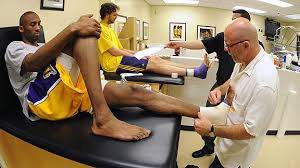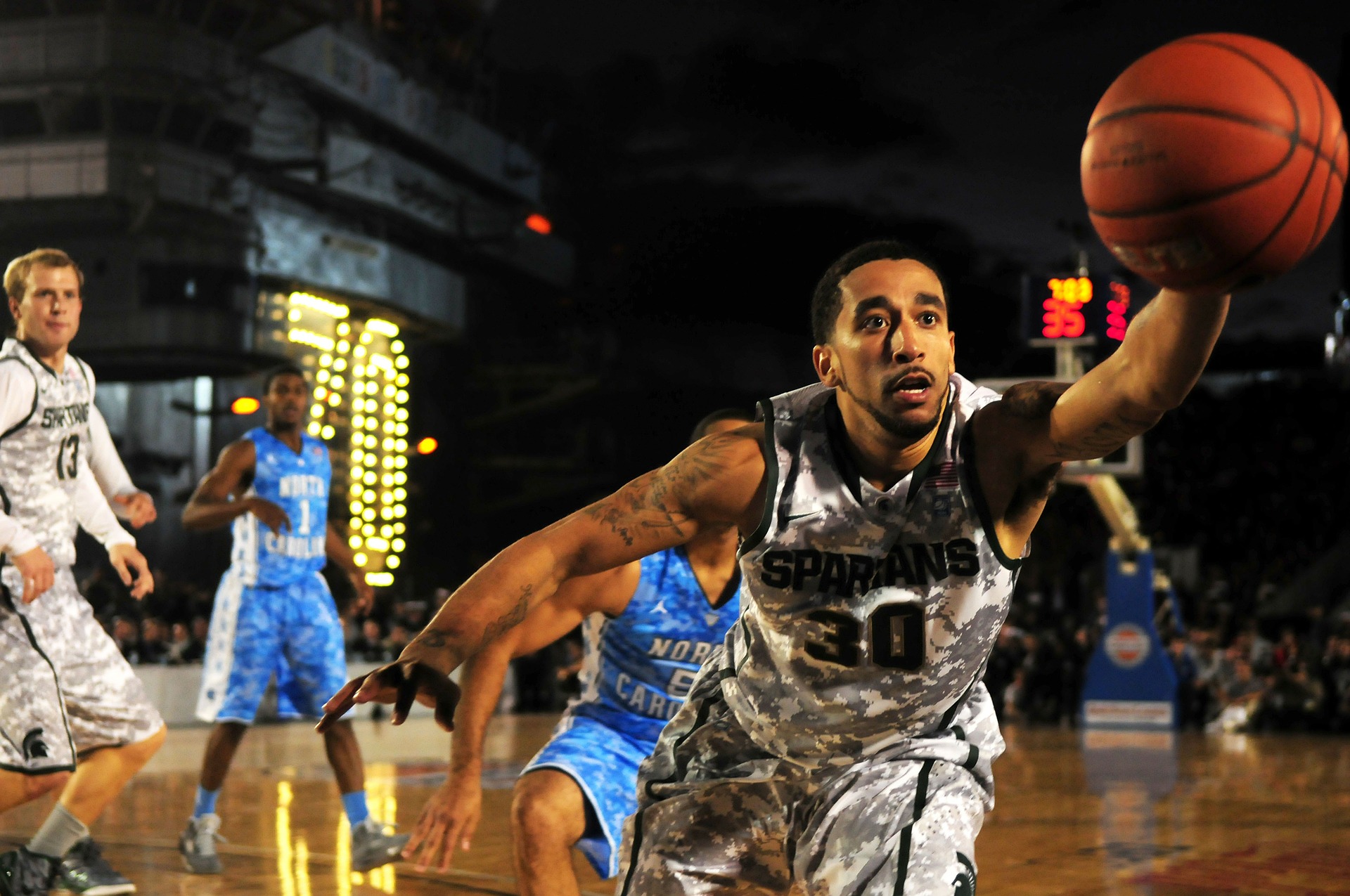Basketball Podiatry
Why Basketball Podiatry?
Podiatry and Basketball definitely go hand in hand. Basketball involves plenty of sudden changes of direction, jumping and agile movements and can quite easily result in injuries. Ankle, foot and knee injuries are common in court sports such as “rolling the ankle”, these injuries can cause serious damage to ligaments/ tendons and even cause fractures.

The importance of basketball shoes
It is very important that the sports shoes are suitable for each person as all shoes are not created equally. Some shoes have inbuilt support and this support can be too much for some individuals and may actually increase the likelihood of an injury. On the flip side to this a person may require a different style of shoes that are more supportive to support the foot and ankle. Taping, Strapping, footwear advice, orthotic therapy, stretches, exercises and support bracing may be necessary to keep the athlete performing at their peak, it may be best to book an appointment with an experienced Foot and Ankle Clinic Podiatrist for the right advice and information.
Ankle sprain
Ankle sprain is a particularly common injury in basketball. But the repeated shock and pressures on the foot can also lead to inflammations, including Achilles tendonitis, plantar fasciitis, and sesamoiditis.
Common chronic injuries sustained in basketball also include stress fractures, plantar fasciitis, shin splints, achilles tendinitis, patellar tendinitis and blisters. Similar injuries, especially ankle inversions and stress fractures, are also seen in another indoor court sports like netball and volleyball.

Basketball Shoes
Foot and ankle stability, shock absorption, and traction are the most important qualities for basketball shoes. If you are susceptible to ankle injuries, consider a high-top or three-quarter shoe that provides added support to key foot structures during play. Look for shoes that offer the following:
- A wide toe box with plenty of room for your toes to move around. Not enough room can lead to blisters, corns, and calluses.
- Lightweight, breathable material for uppers; generally, leather is recommended.
- Dense, abrasion-resistant soles that are low to the ground for better traction and support.
- A well-cushioned midsole for a shock-absorbing layer. An EVA or EVA-compressed layer is lightweight but not as durable or stable. A polyurethane layer has greater stability, but it is often heavier, too.
- Bend in the forefoot of the shoe, which is at the ball of the foot near the toes. Be sure there is less bend in the arch where you need the added support to keep the foot stable.
- A firm heel counter that fits snugly.
- Laces as the form of closure give you the ability to adjust for the support you need throughout the foot.

When buying basketball shoes, be sure to take the socks you plan to wear with them to ensure a proper fit. Have your feet measured standing up and fit the shoes to your larger foot. Walk around, turn, twist, and jump in each pair on a hard surface to see how your foot feels during each of these movements. Most importantly, make your choice based on comfort.
At the Foot and Ankle Clinic our highly qualified team of Podiatrists are all members of the Australian Podiatry Association and offer a combined 50 years’ experience. They are trained to diagnose and effectively treat basketball injuries via a range of treatments.
Put your feet in our hands! See us today in Chadstone, Moe, Sale, Traralgon, Warragul & Online Store and Retail Enquiries. NO REFERRAL NEEDED!.


